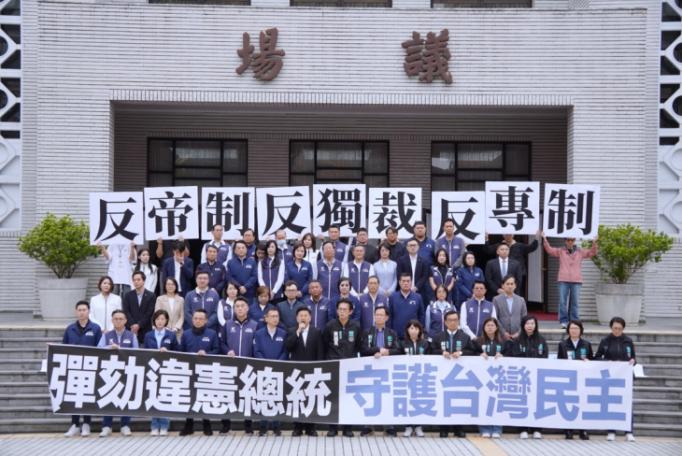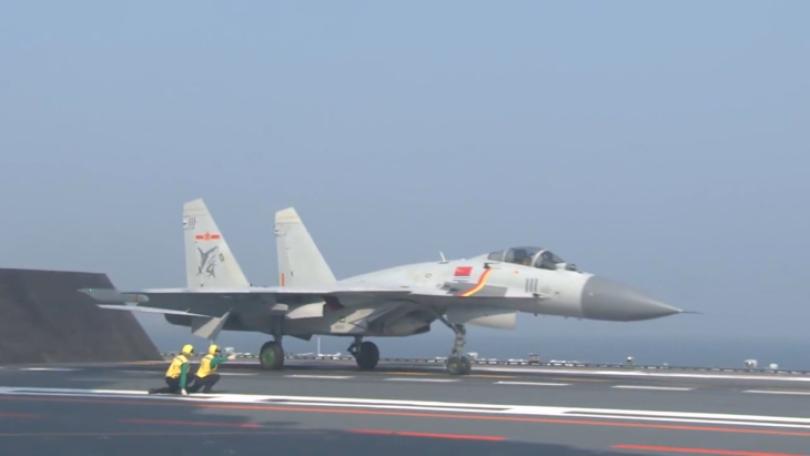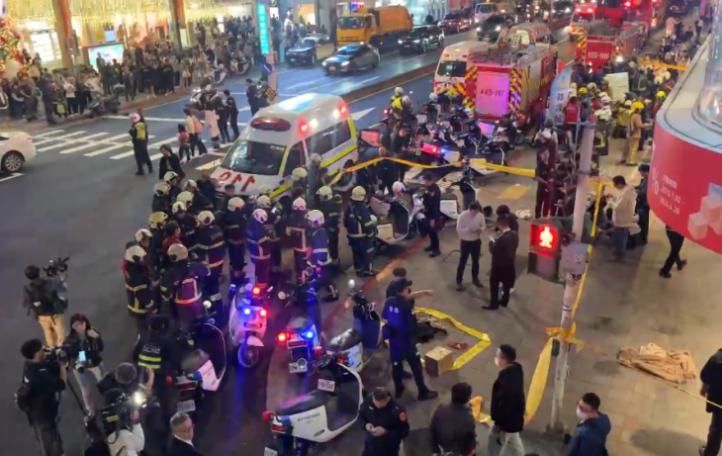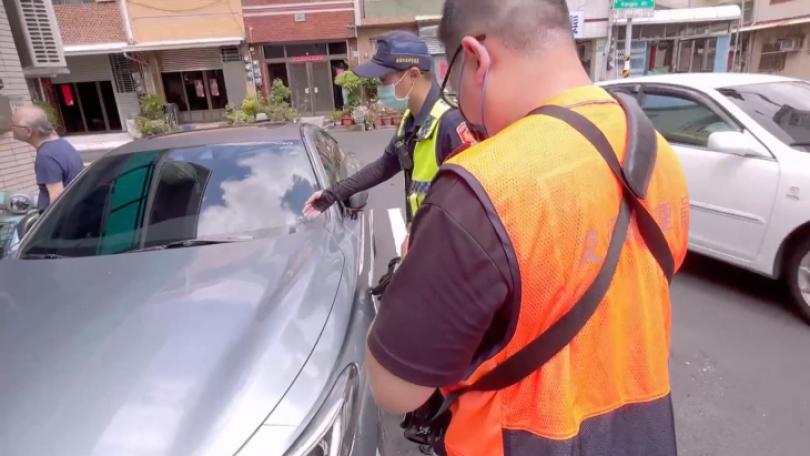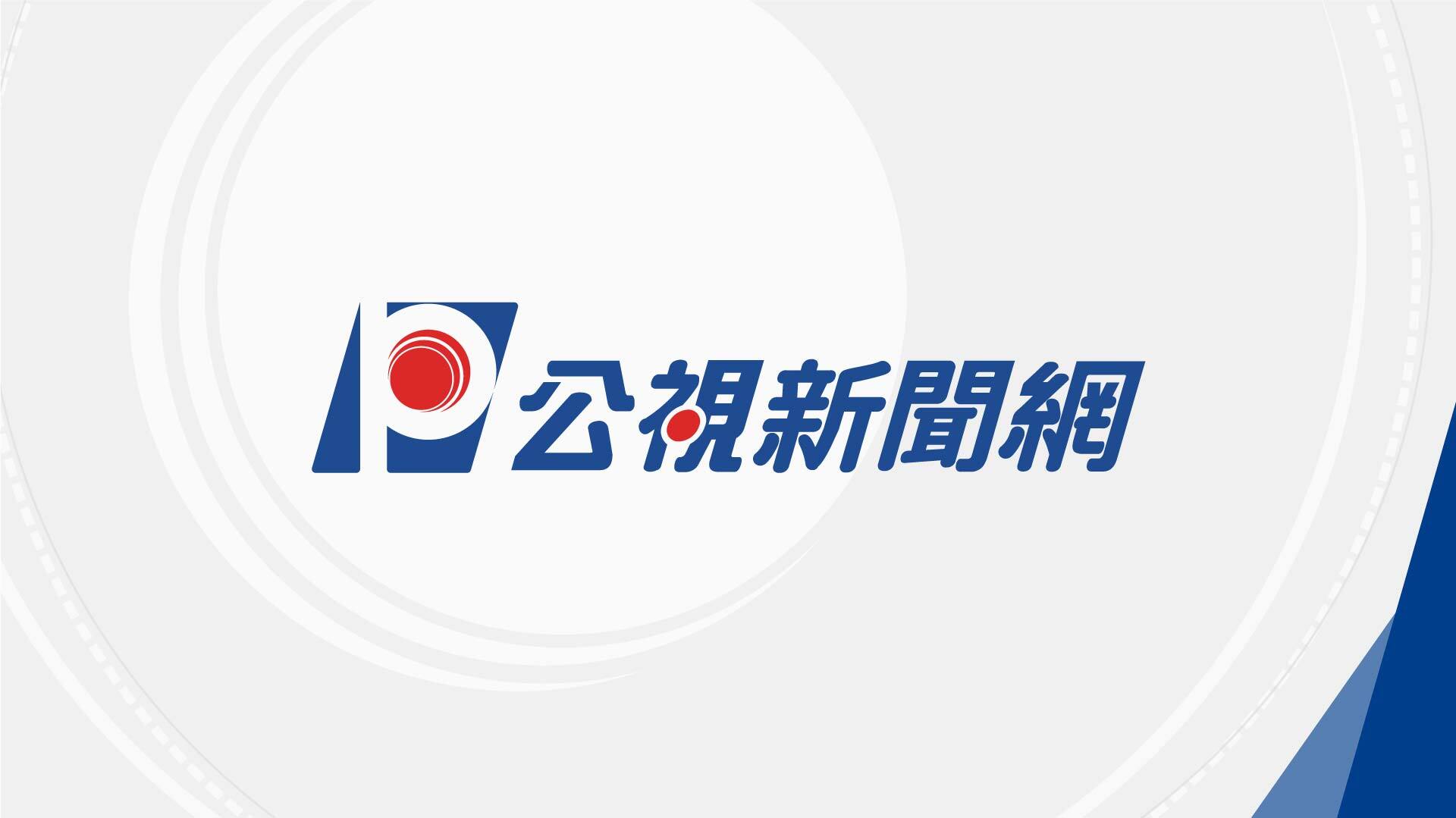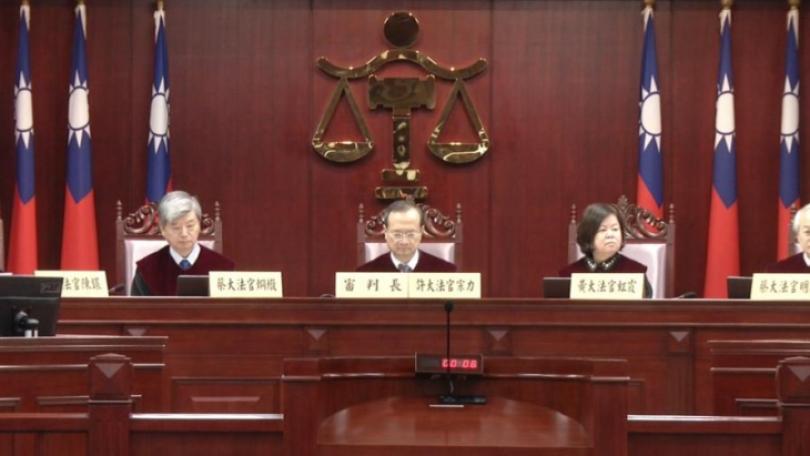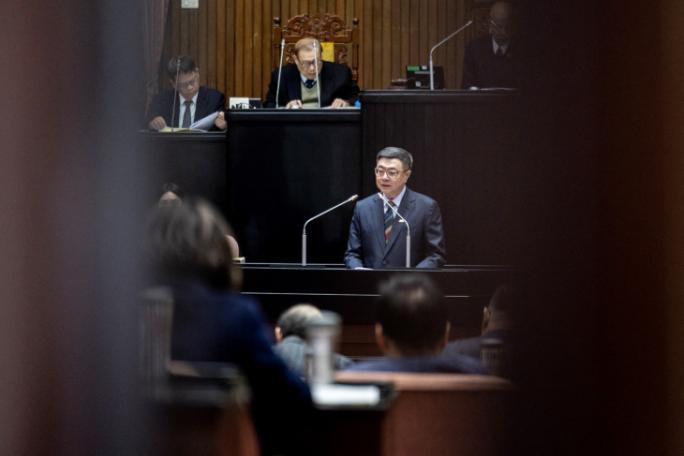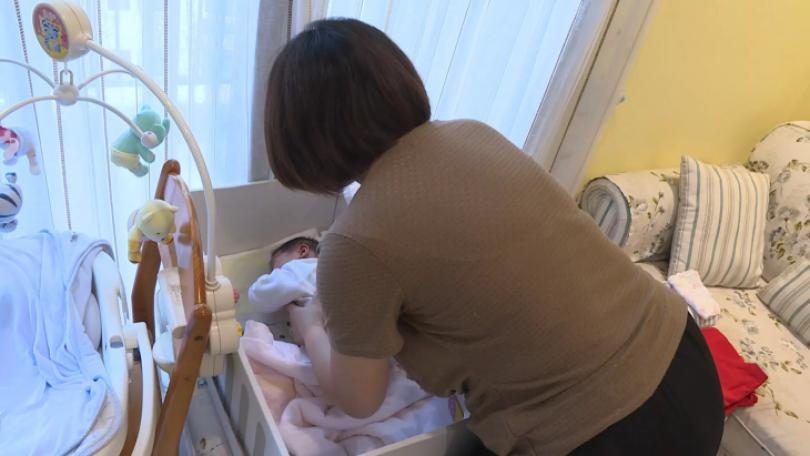EPA Aiming for More Eco-friendly Ghost Month 普渡祭祀環保友善 以功代金.集中焚燒
The seventh lunar month is just two days away. The Ghost Festival is the time of the year when people burn the most joss paper. The Environmental Protection Administration is urging people to switch to eco-friendly alternatives.
The gates of hell open during the seventh lunar month. Many residents and companies prepare lavish offerings and burn copious amounts of joss paper to appease ghosts. The Environmental Protection Administration says direct incineration of joss paper without any contamination control equipment generates significant amounts of harmful substances. It therefore is promoting eco-friendly alternatives, such as making donations to charities, purchasing products such as rice and donating them using the money that would have been spent on joss paper, or delivering joss paper for burning at centralized incinerators instead of by the roadside. In the past, these measures resulted in the reduction of 60 tons of generated PM 2.5.
Tsai Meng-yu, Director, Dept. of Air Quality Protection & Noise Control, EPA: “Sixty tons are equivalent to about the emissions of 3,000 diesel fuel cars. A bigger benefit is that there is a reduction in the number of complaints.”
Taichung is the place with the highest proportion of joss paper burned at centralized incinerators, at 40 percent. Its Environmental Protection Bureau says it's because temples have been responsive. It adds that by respecting deities as the starting point, it can increase the willingness of temples and the public to cooperate.
Chen Hung-yi, Director, Env. Protection Bureau, Taichung City: “We allowed temples to decorate the vehicles we use to collect joss paper to reflect their temple culture. We're working with them, and this paves the way for everyone to work together.”
In 2021, 22,000 tons of joss paper were burned at centralized incinerators, and NT$45 million in donations were made. The EPA is working with four convenience store chains this year to make it easier for people to donate instead of burn. Anyone who makes a donation via convenience store will receive 2,000 green points, which are worth NT$20 and can be used on green consumption.
農曆七月鬼門開,不少民眾、公司行號會準備豐盛祭品、焚燒紙錢給好兄弟,環保署指出,直接焚燒,沒有任何污染防制設備,污染最嚴重,因此近年來推動友善祭祀,包括把以功代金,不燒紙錢改買白米或把錢捐給社福團體,以及把紙錢送到焚化爐燒,PM2.5年減量達60公噸。
環保署空保處長蔡孟裕表示:「60噸相當於就是有差不多,有3千輛左右的這些柴油車,它的一個排放,另外一個更大的效益是,可以減少民眾的投訴。」
而全國集中焚燒紙錢、金紙數量最高是台中市,佔全台4成,環保局表示,歸功於大小寺廟願意響應,包括清水紫雲巖、大甲鎮瀾宮,環保局強調,以尊重神明作為出發點,可提高寺廟跟民眾配合的意願。
台中市環保局長陳宏益表示:「我們這些紙錢回收的這些車輛,我們也是讓他們去做造型,能夠搭配整個廟宇的文化,所以是我們配合他們,這樣才能慢慢大家合作。」
去年民眾響應紙錢焚燒達2.2萬公噸、以功代金4500萬,環保署今年要進一步結合四大超商,擴大以功代金管道,民眾農曆七月起至八月底,若在超商完成以功代金的捐款,會贈送2000點環保綠點,市價相當20元,可折抵綠色消費。

